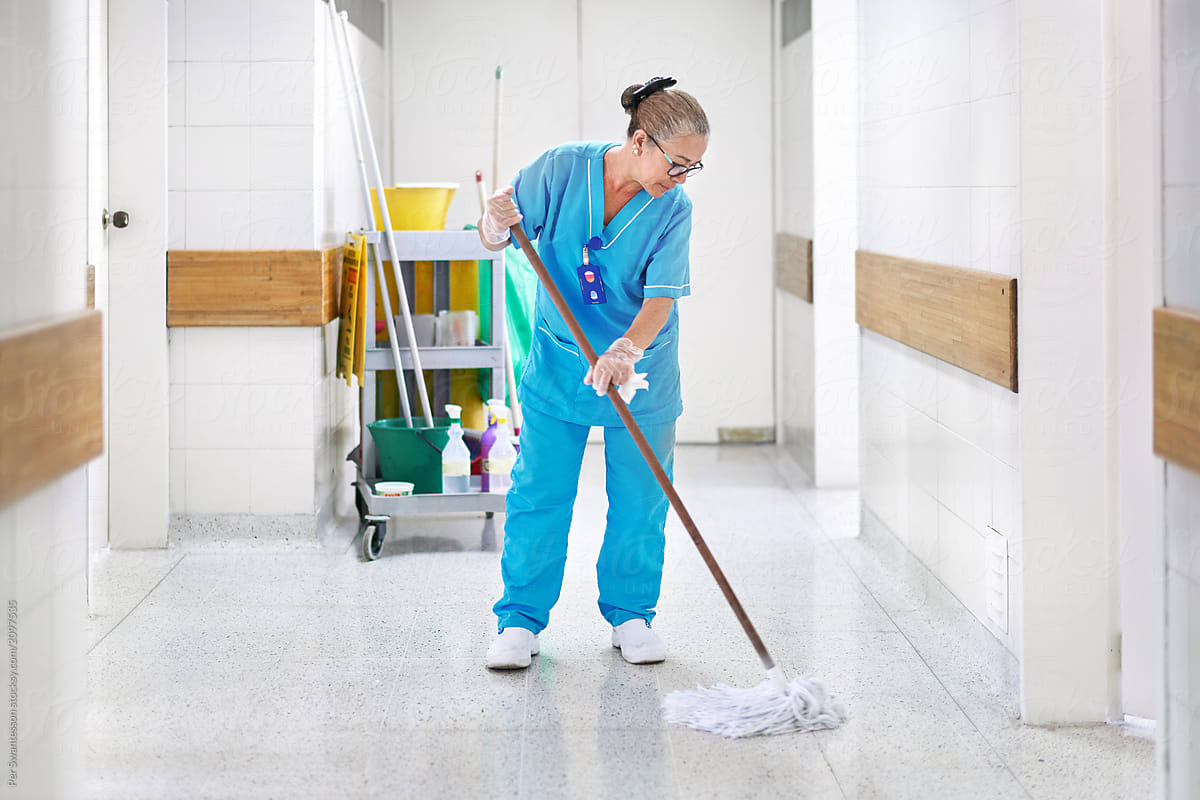Jul 20
2021
Infection Control and Prevention: 10 Tips For Preventing Exposure and Contamination In Hospitals

Hospital-acquired infections are a challenge to clinicians as they increase the mortality and morbidity rate. Sources of infections in hospitals include pathogens from patients, inanimate environments, and medical personnel. In any healthcare delivery setting, infection control and prevention standard precautions should be taken into account. It is everyone’s responsibility to exercise the following tips to prevent exposure and contamination in hospitals. This way, they can avoid causing unnecessary suffering and pain to patients and their loved ones.
Thorough cleaning
Regular cleaning of surfaces in the hospital is among the common practices that ensure hygiene is maintained. Many people visit the hospital daily, including patients, medics, suppliers, or family members visiting their loved ones. Everyone comes from different settings where there are high chances of exposure to germs and environmental elements like dirt and dust. These are among the leading causes of infection in hospitals.
Every hospital must hire cleaning services to ensure that every surface is free of dirt. Provide clean water, detergent, and equipment to make cleaning efficient and fast. Thorough cleaning eliminates over 90% of microorganisms and bacteria by suspending them in the cleaning fluid and removing them from the surfaces.
Hand hygiene
Healthcare workers come into contact with many patients and hospital equipment as they go about their duties. They are, therefore, the most frequent drive for nosocomial infections, and hand hygiene is an ideal preventive measure. Hand hygiene involves disinfection and regular hand washing. Washing hands thoroughly with running water and soap eliminates over 90% of most or all of the superficial and flora contaminants.
When your hands are dirty, use antimicrobial soap for hand-washing to reduce transient flora, but when you come into contact with an infected patient, use medicated soap or an alcohol-based hand-disinfectant. During an operation, many gloves tear. Therefore, disinfect your hands with a long-acting disinfectant before wearing gloves.
Isolation of infected patients
Patients with nosocomial infections should be kept in isolation as a first essential measure. There are different kinds of isolation depending on the extent of risk of infection. For extremely infectious diseases, such as diphtheria and hemorrhagic fever, isolation measures are stringent, while infectious diarrhea and less-infectious respiratory infections aren’t as stringent.
Since isolation is a labor-intensive and expensive process for healthcare workers and patients, it should be adapted to causative agents and disease severity. Practice standard precautions of isolation by wearing protective equipment and keeping patients in private rooms away from other patients. Also, minimize interaction with isolated patients by ensuring they are tended to by a few medical personnel and hospital staff.